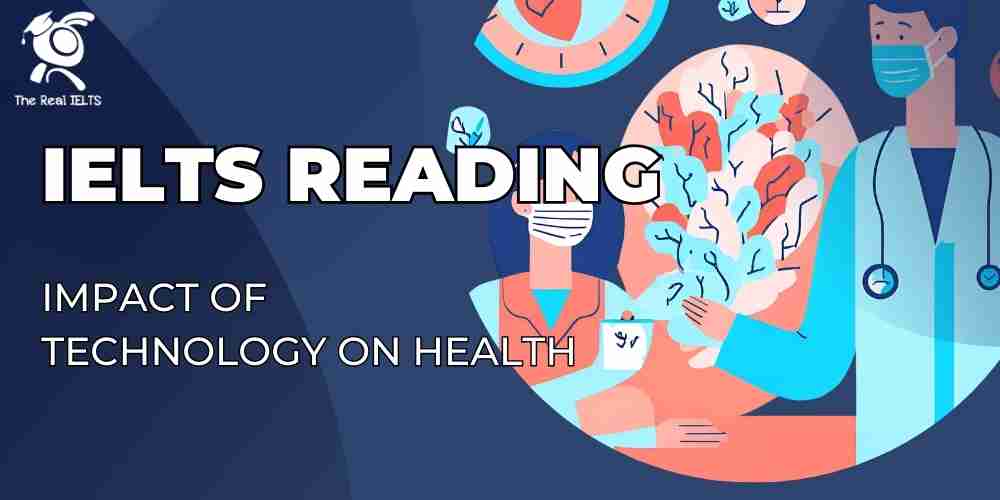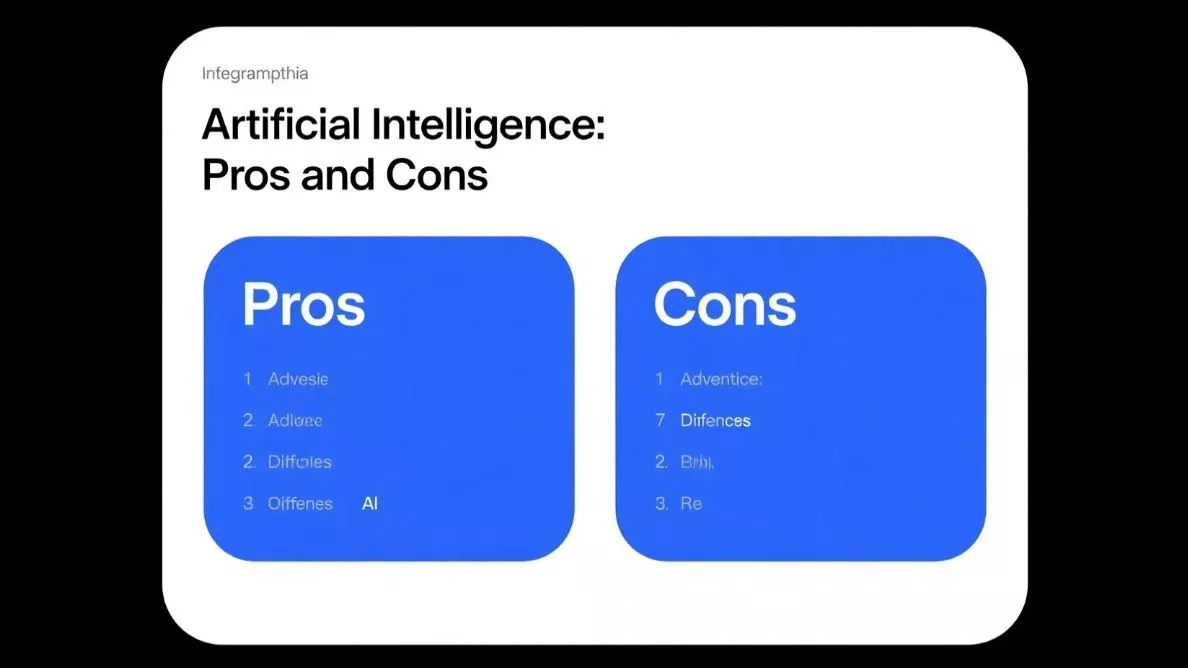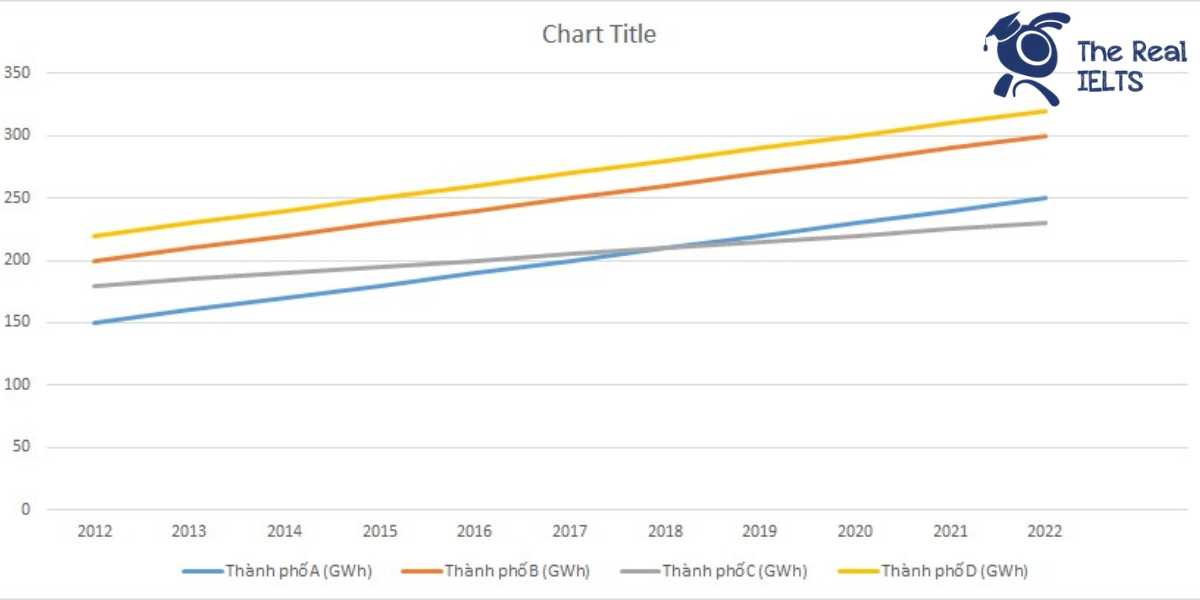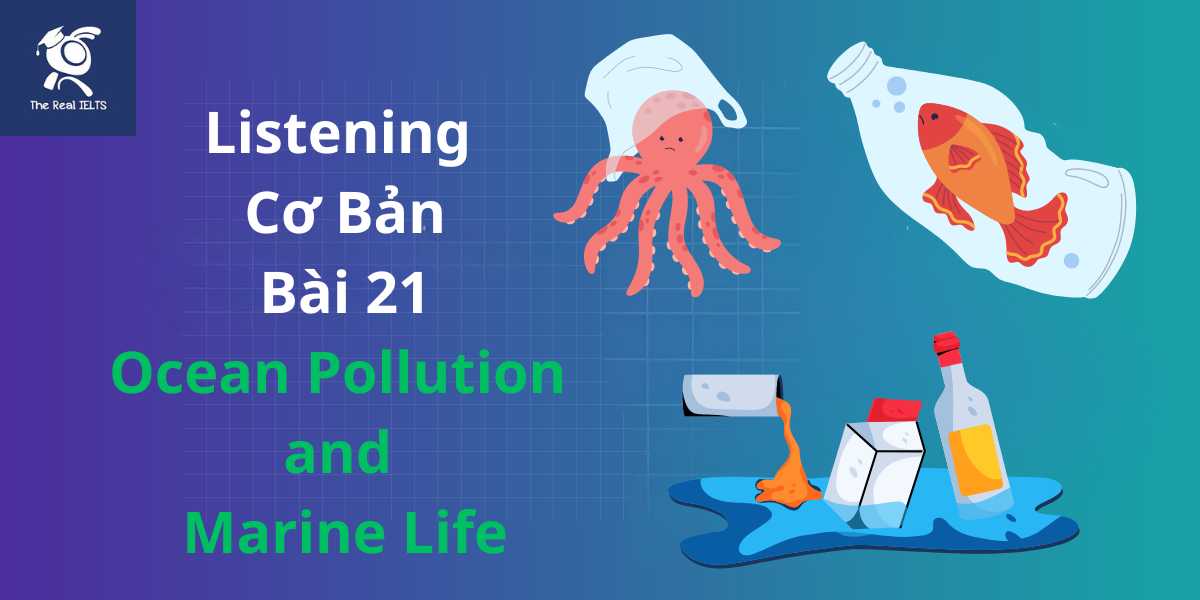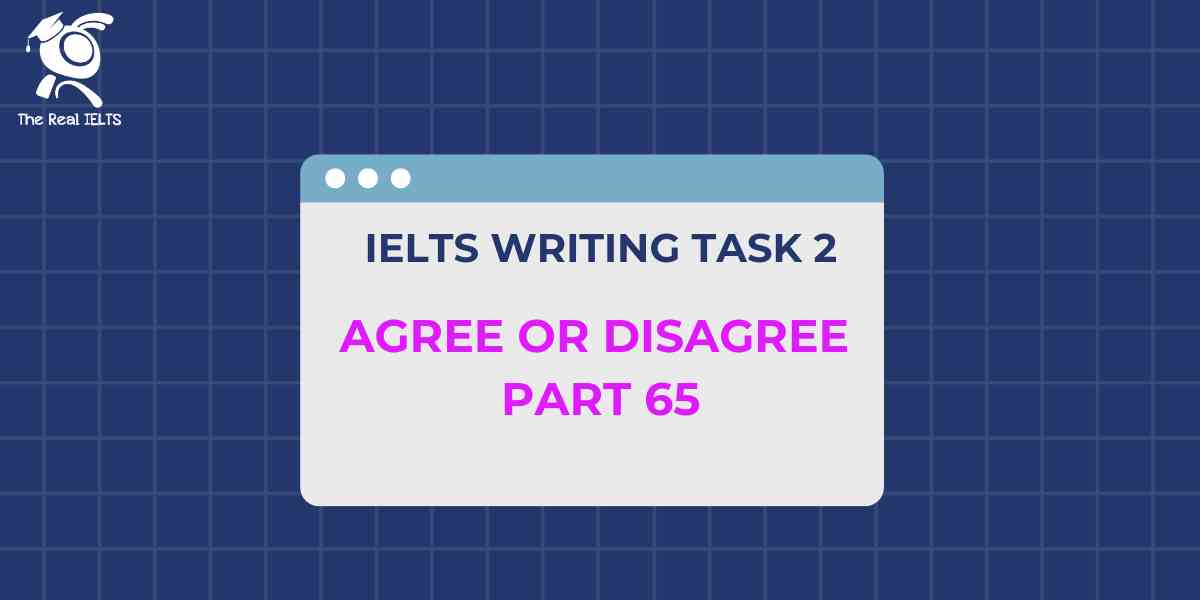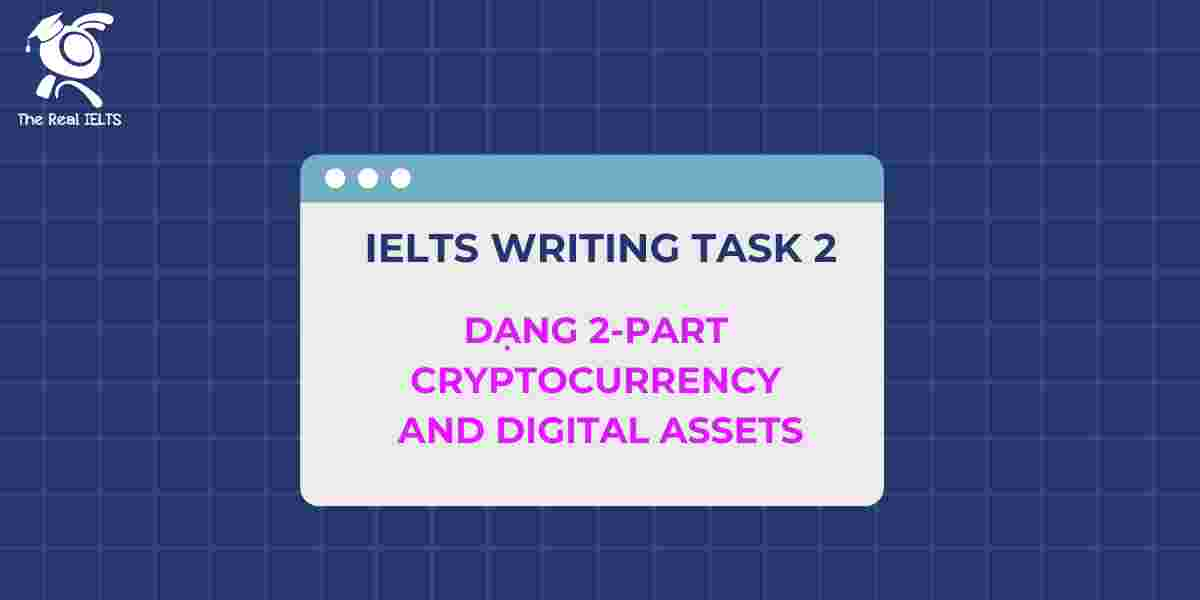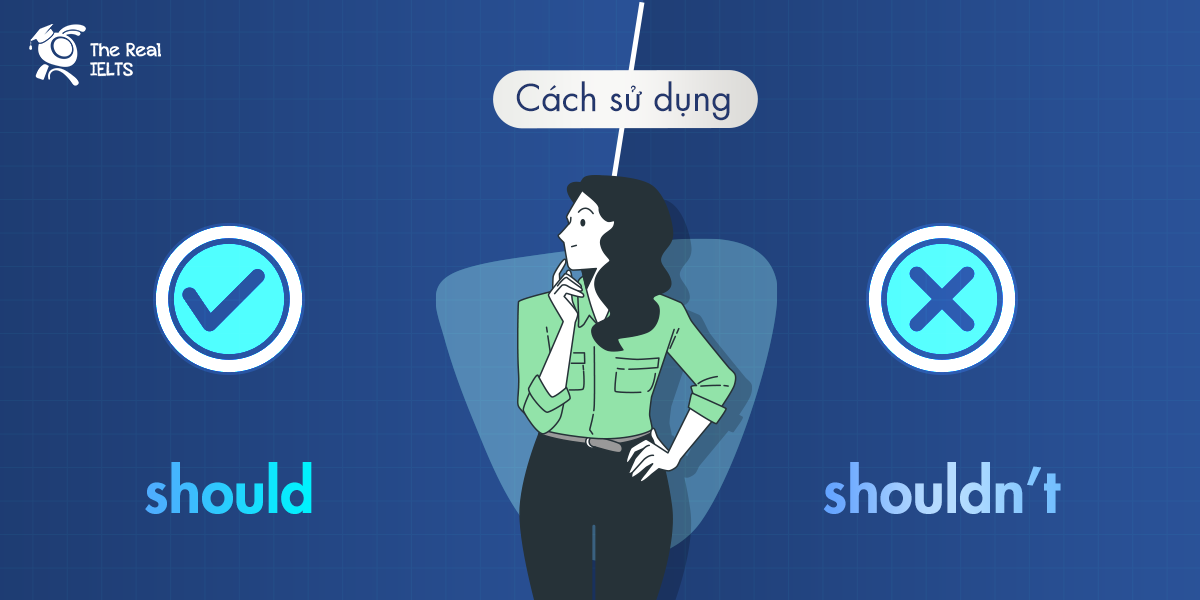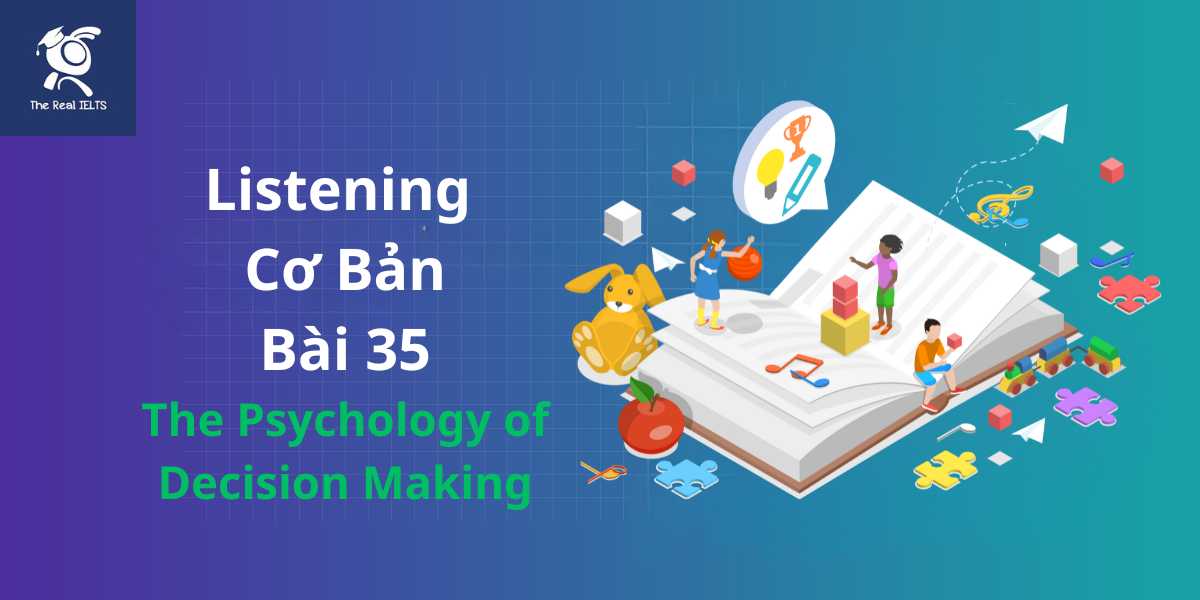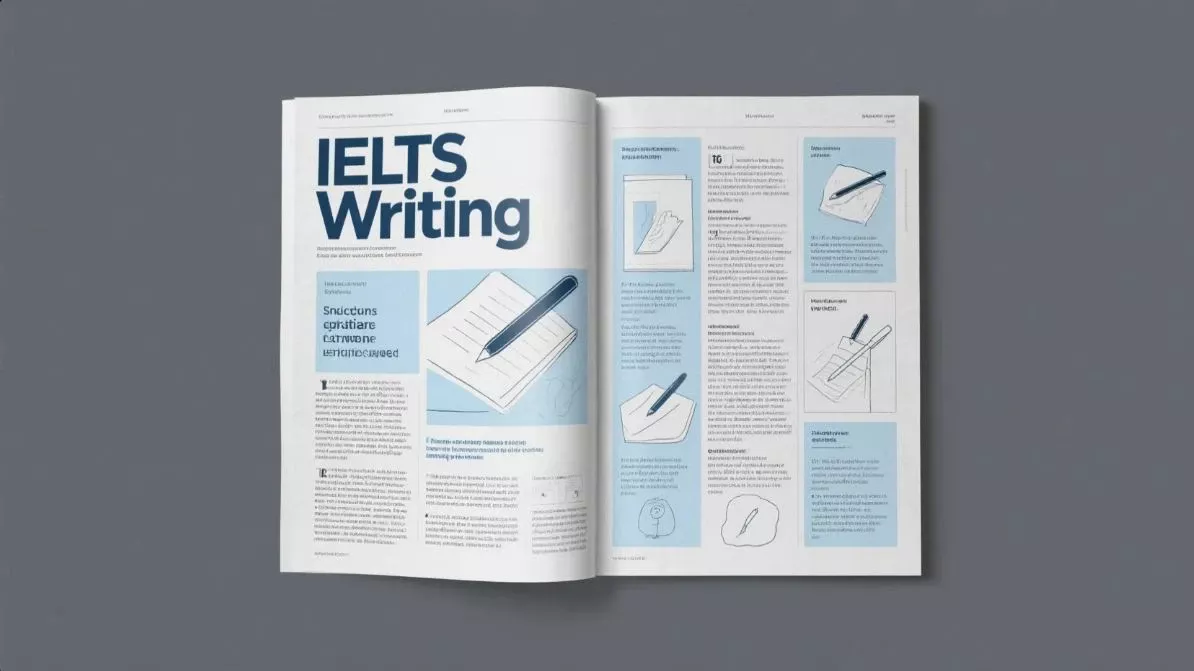IELTS Reading 13: Impact of technology on health là chủ đề thuộc chuỗi bài luyện tập 11 dạng bài IELTS Reading và các bài tập luyện tập.
Học lại bài cũ: IELTS Reading 12: The future of electric vehicles.
IELTS Reading: Impact of technology on health
Section 1: The Rise of Technology
The rapid development of technology in the 21st century has transformed every aspect of human life, including healthcare. From the advent of mobile devices to wearable health trackers, technology has made monitoring and managing personal health easier than ever before. However, while technology has brought numerous benefits, it has also introduced a range of challenges and potential risks to human health.
Technological advancements in medical equipment, such as Magnetic Resonance Imaging (MRI) and robotic surgery, have significantly improved the accuracy of diagnoses and the success of surgeries. Health apps that monitor vital signs, remind users to take medication, or provide virtual consultations with doctors have revolutionized personal healthcare management. Moreover, telemedicine allows patients to connect with healthcare providers from remote locations, making healthcare more accessible, especially in underserved areas.
Despite these advances, concerns over the excessive use of technology have emerged. The increasing reliance on digital devices has resulted in prolonged screen time, which can negatively affect physical and mental well-being. According to recent studies, excessive use of screens has been linked to eye strain, poor posture, and sleep disturbances.
Section 2: Physical Health Implications
One of the most discussed health issues associated with the widespread use of technology is Computer Vision Syndrome (CVS). This condition, caused by prolonged staring at screens, leads to discomfort, dryness, blurred vision, and headaches. Blue light emitted by digital devices has also been found to disrupt sleep patterns, as it interferes with melatonin production, a hormone that regulates sleep cycles.
Another health risk posed by technology is the sedentary lifestyle it encourages. People spending long hours sitting in front of computers or using smartphones are more likely to suffer from obesity, heart disease, and musculoskeletal problems. Studies suggest that prolonged sitting can increase the risk of cardiovascular diseases, even in individuals who exercise regularly.
Furthermore, poor posture, commonly referred to as “text neck,” is becoming a prevalent issue among those who frequently use smartphones or tablets. This condition occurs when individuals hunch over their devices, placing strain on the neck and spine, which can lead to chronic pain and long-term damage to the spinal structure.
Section 3: Mental Health Concerns
Technology not only affects physical health but also poses risks to mental well-being. Social media platforms, while offering opportunities for communication, have also been linked to increased levels of anxiety, depression, and loneliness. Research suggests that the constant exposure to unrealistic portrayals of life on social media can lead to feelings of inadequacy and dissatisfaction. Moreover, cyberbullying has become a serious problem, with many individuals, particularly young people, suffering from online harassment.
Addiction to technology, particularly gaming and social media, is another mental health concern. The World Health Organization (WHO) has classified gaming disorder as a mental health condition, highlighting the risks of spending excessive time on video games at the expense of daily activities and personal relationships. Technology addiction can lead to reduced attention spans, impaired cognitive function, and decreased productivity.
Despite these challenges, technology can also offer solutions to mental health problems. Various apps and online platforms provide resources for mental health management, such as meditation guides, stress relief exercises, and therapy services. Virtual reality (VR) is being used in therapeutic settings to help individuals cope with anxiety, phobias, and PTSD (Post-Traumatic Stress Disorder).
Section 4: The Future of Health and Technology
As technology continues to evolve, new innovations are likely to have both positive and negative impacts on health. The rise of artificial intelligence (AI) in healthcare is expected to revolutionize diagnosis and treatment, offering faster and more accurate predictions of diseases. AI-powered tools can analyze vast amounts of medical data to identify patterns and provide personalized health recommendations. Additionally, wearable devices that track heart rate, blood pressure, and other health metrics can help prevent serious health conditions by alerting users to abnormal readings in real-time.
However, as technology becomes more integrated into daily life, it is crucial to find a balance. Experts recommend limiting screen time, taking regular breaks from digital devices, and maintaining an active lifestyle to mitigate the potential health risks associated with technology use.
Question
1. Multiple Choice (Chọn đáp án đúng)
Chọn một đáp án đúng cho mỗi câu hỏi sau.
- What is one of the physical health issues related to excessive screen use?
A. Weight loss
B. Cardiovascular improvement
C. Computer Vision Syndrome
D. Better sleep quality - What has the World Health Organization classified as a mental health condition?
A. Computer Vision Syndrome
B. Gaming disorder
C. Cyberbullying
D. Text neck
2. True/False/Not Given (Đúng/Sai/Không có thông tin)
Xác định xem các phát biểu dưới đây là Đúng (True), Sai (False) hay Không có thông tin (Not Given) trong bài đọc.
- Technology has decreased the number of people seeking healthcare.
- Prolonged screen time can cause sleep disturbances due to blue light.
- Wearable devices can detect early signs of heart disease.
3. Yes/No/Not Given (Có/Không/Không có thông tin)
Xác định xem các câu phát biểu dưới đây có đồng ý với ý kiến hoặc quan điểm của tác giả hay không. Chọn Yes (Có), No (Không) hoặc Not Given (Không có thông tin).
- Social media use can lead to increased self-confidence.
- Telemedicine has made healthcare more accessible in underserved areas.
- Obesity is directly caused by the use of mobile phones.
4. Matching Information (Ghép thông tin)
Tìm đoạn văn (A-D) phù hợp với mỗi thông tin sau:
- An explanation of how technology impacts sleep patterns.
- A discussion on the role of artificial intelligence in healthcare.
- An example of technology offering solutions for mental health management.
5. Matching Headings (Ghép tiêu đề)
Chọn tiêu đề phù hợp cho mỗi đoạn văn từ các lựa chọn dưới đây.
A. Physical Health Problems from Technology
B. The Growth of Telemedicine
C. The Benefits and Risks of Wearable Devices
D. The Future of Artificial Intelligence in Medicine
- Paragraph 1: _______
- Paragraph 2: _______
- Paragraph 4: _______
6. Matching Sentence Endings (Ghép kết thúc câu)
Ghép phần đầu của câu (1-3) với phần kết thúc phù hợp (A-D).
1. Computer Vision Syndrome is caused by…
2. The use of blue light devices…
3. Telemedicine allows patients…
A. to disrupt melatonin production and cause sleep issues.
B. to receive healthcare services remotely.
C. extended screen exposure leading to eye strain.
D. the development of poor posture habits.
7. Sentence Completion (Hoàn thành câu)
Hoàn thành các câu dưới đây với từ hoặc cụm từ thích hợp từ bài đọc.
- Prolonged sitting can increase the risk of __________ diseases, even for individuals who exercise regularly.
- Wearable health trackers can help users monitor their __________ in real-time.
8. Summary Completion (Hoàn thành bản tóm tắt)
Điền từ hoặc cụm từ thích hợp vào chỗ trống để hoàn thành đoạn tóm tắt bên dưới.
The physical health risks of technology
Using technology excessively can lead to various physical health issues. For example, many people suffer from 17 __________ caused by prolonged exposure to screens. In addition, technology use often leads to a 18 __________ lifestyle, increasing the risk of obesity and heart disease. Poor 19 __________ is another consequence of frequent device usage, particularly when using smartphones or tablets for extended periods.
9. Diagram Label Completion (Hoàn thành nhãn sơ đồ)
Hoàn thành nhãn cho sơ đồ dưới đây dựa trên thông tin từ bài đọc. (Sơ đồ mô tả các tác động của công nghệ đối với sức khỏe thể chất)
Impacts of Technology on Physical Health: 20. _______________: Eye strain and headaches from long screen exposure
21. _______________: Spinal issues from bad posture during device usage
22. _______________: Health risks associated with sitting for prolonged periods
10. Short Answer Questions (Câu hỏi trả lời ngắn)
Trả lời các câu hỏi sau với KHÔNG QUÁ BA TỪ.
- What condition results from excessive gaming according to WHO?
- Which hormone is disrupted by blue light from screens?
- What healthcare tool allows users to monitor vital signs at home?
11. Table/Flowchart/Note Completion (Hoàn thành bảng/sơ đồ dòng/chú thích)
Hoàn thành bảng dưới đây dựa trên nội dung bài đọc.
| Technology | Impact on Health |
|---|---|
| Computer screens | 26 __________, headaches, eye strain |
| Smartphones/tablets | Poor posture, commonly referred to as 27 __________ |
| Wearable health devices | Monitor heart rate and blood pressure to help prevent 28 __________ |
| Social media platforms | Cause mental health issues like 29 __________ and feelings of inadequacy |
Answers
1. Multiple Choice (Chọn đáp án đúng)
- C. Computer Vision Syndrome
- B. Gaming disorder
2. True/False/Not Given (Đúng/Sai/Không có thông tin)
- False (Công nghệ không làm giảm số người tìm kiếm dịch vụ y tế mà còn giúp cải thiện tiếp cận y tế).
- True (Ánh sáng xanh từ màn hình có thể gây rối loạn giấc ngủ).
- Not Given (Bài không đề cập cụ thể việc thiết bị đeo phát hiện bệnh tim).
3. Yes/No/Not Given (Có/Không/Không có thông tin)
- No (Bài nói rằng mạng xã hội có thể gây ra cảm giác tiêu cực về bản thân).
- Yes (Telemedicine đã giúp cải thiện khả năng tiếp cận dịch vụ y tế).
- Not Given (Không có thông tin nào cho rằng điện thoại di động gây béo phì trực tiếp).
4. Matching Information (Ghép thông tin)
- Paragraph A (Đoạn nói về việc ánh sáng xanh từ màn hình ảnh hưởng đến giấc ngủ).
- Paragraph D (Đoạn nói về việc AI được sử dụng trong lĩnh vực y tế).
- Paragraph C (Wearable devices giúp quản lý sức khỏe tinh thần).
5. Matching Headings (Ghép tiêu đề)
- A. Physical Health Problems from Technology
- B. The Growth of Telemedicine
- D. The Future of Artificial Intelligence in Medicine
6. Matching Sentence Endings (Ghép kết thúc câu)
- C. extended screen exposure leading to eye strain
- A. to disrupt melatonin production and cause sleep issues
- B. to receive healthcare services remotely
7. Sentence Completion (Hoàn thành câu)
- cardiovascular (Bệnh tim mạch)
- heart rate (Nhịp tim)
8. Summary Completion (Hoàn thành bản tóm tắt)
- eye strain
- sedentary
- posture
9. Diagram Label Completion (Hoàn thành nhãn sơ đồ)
- Computer Vision Syndrome
- Text Neck
- Cardiovascular Diseases
10. Short Answer Questions (Câu hỏi trả lời ngắn)
- Gaming disorder
- Melatonin
- Wearable devices
11. Table/Flowchart/Note Completion (Hoàn thành bảng/sơ đồ dòng/chú thích)
| Technology | Impact on Health |
|---|---|
| Computer screens | Eye strain, headaches, eye strain |
| Smartphones/tablets | Poor posture, commonly referred to as Text Neck |
| Wearable health devices | Monitor heart rate and blood pressure to help prevent Cardiovascular issues |
| Social media platforms | Cause mental health issues like depression and feelings of inadequacy |


